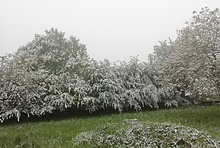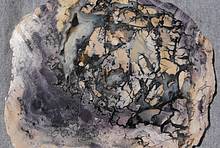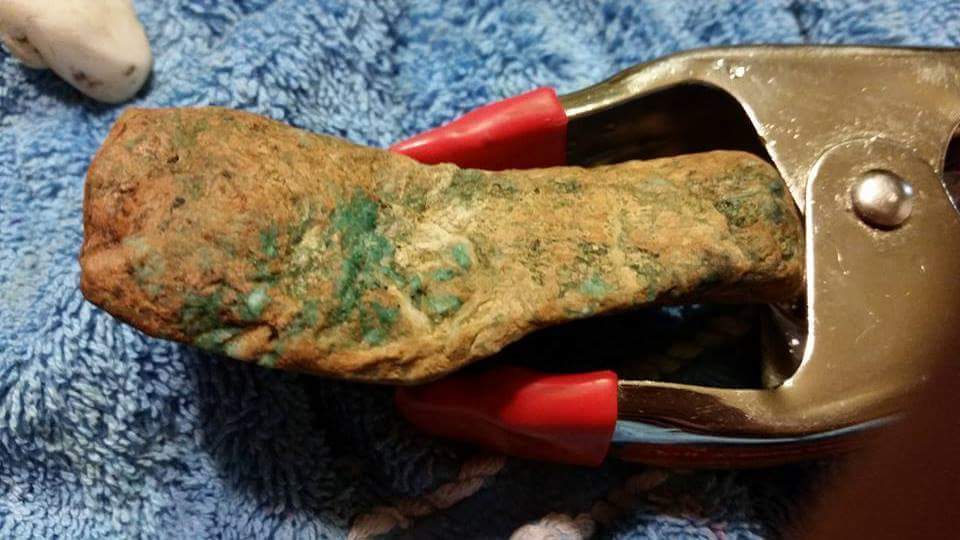Home PageAbout MindatThe Mindat ManualHistory of MindatCopyright StatusWho We AreContact UsAdvertise on Mindat
Donate to MindatCorporate SponsorshipSponsor a PageSponsored PagesMindat AdvertisersAdvertise on Mindat
Learning CenterWhat is a mineral?The most common minerals on earthInformation for EducatorsMindat ArticlesThe ElementsThe Rock H. Currier Digital LibraryGeologic Time
Minerals by PropertiesMinerals by ChemistryAdvanced Locality SearchRandom MineralRandom LocalitySearch by minIDLocalities Near MeSearch ArticlesSearch GlossaryMore Search Options
The Mindat ManualAdd a New PhotoRate PhotosLocality Edit ReportCoordinate Completion ReportAdd Glossary Item
Mining CompaniesStatisticsUsersMineral MuseumsClubs & OrganizationsMineral Shows & EventsThe Mindat DirectoryDevice SettingsThe Mineral Quiz
Photo SearchPhoto GalleriesSearch by ColorNew Photos TodayNew Photos YesterdayMembers' Photo GalleriesPast Photo of the Day GalleryPhotography
╳Discussions
💬 Home🔎 Search📅 LatestGroups
EducationOpen discussion area.Fakes & FraudsOpen discussion area.Field CollectingOpen discussion area.FossilsOpen discussion area.Gems and GemologyOpen discussion area.GeneralOpen discussion area.How to ContributeOpen discussion area.Identity HelpOpen discussion area.Improving Mindat.orgOpen discussion area.LocalitiesOpen discussion area.Lost and Stolen SpecimensOpen discussion area.MarketplaceOpen discussion area.MeteoritesOpen discussion area.Mindat ProductsOpen discussion area.Mineral ExchangesOpen discussion area.Mineral PhotographyOpen discussion area.Mineral ShowsOpen discussion area.Mineralogical ClassificationOpen discussion area.Mineralogy CourseOpen discussion area.MineralsOpen discussion area.Minerals and MuseumsOpen discussion area.PhotosOpen discussion area.Techniques for CollectorsOpen discussion area.The Rock H. Currier Digital LibraryOpen discussion area.UV MineralsOpen discussion area.Recent Images in Discussions
Identity HelpListwanite?

6th Nov 2016 07:00 UTCW4nder
Location was Deer Creek, Snohomish County Washington. (Location known for nephrite)
No reaction to magnet
Streak is white
Can be scratched by glass (mohs 6)
No discernable reaction to hcl acid
Specific gravity 2.923077 (obtained by directions on this site http://www.johnbetts-fineminerals.com/jhbnyc/articles/specific_gravity.htm)
I have since been told it is called Listwanite.
Problem is. . . I can't find much info on Listwanite (did find plenty of places to BUY it, but nothing about its physical properties. )
I tried searching for listvenite, listvanite, or listwaenite.
The ONLY source of info I've found is the Wikipedia page, and it doesn't offer much.
Anybody have a resource they can point me to, or possiby an alternate name?

6th Nov 2016 09:33 UTCErik Vercammen Expert

6th Nov 2016 12:44 UTCAlfred L. Ostrander
I agree this is probably nephrite and is misidentified. Being an uncommon rock name from petrology, I don't consider the name to be a structural variety, color variety or an invented name for marketing purposes. Considering the geology involved I consider it a bad or abused use of a proper rock name.
Best Regards,
Al O

6th Nov 2016 14:12 UTCAlfredo Petrov Manager
6th Nov 2016 16:45 UTCReiner Mielke Expert

6th Nov 2016 17:26 UTCMichael Hatskel
Carbonate indeed shall be magnesian, so pulverizing it should help with the HCl test.
IMHO the rock texture doesn't look schistose/flaky enough for listvenite.

6th Nov 2016 18:26 UTCAlfredo Petrov Manager

6th Nov 2016 19:01 UTCRussell Boggs




Mindat.org is an outreach project of the Hudson Institute of Mineralogy, a 501(c)(3) not-for-profit organization.
Copyright © mindat.org and the Hudson Institute of Mineralogy 1993-2024, except where stated. Most political location boundaries are © OpenStreetMap contributors. Mindat.org relies on the contributions of thousands of members and supporters. Founded in 2000 by Jolyon Ralph.
Privacy Policy - Terms & Conditions - Contact Us / DMCA issues - Report a bug/vulnerability Current server date and time: April 23, 2024 22:24:26
Copyright © mindat.org and the Hudson Institute of Mineralogy 1993-2024, except where stated. Most political location boundaries are © OpenStreetMap contributors. Mindat.org relies on the contributions of thousands of members and supporters. Founded in 2000 by Jolyon Ralph.
Privacy Policy - Terms & Conditions - Contact Us / DMCA issues - Report a bug/vulnerability Current server date and time: April 23, 2024 22:24:26












